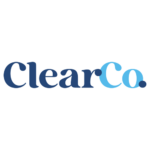The Dixon Group:
A Case Study
Manufacturing:
A New Learning Experience with Dixon University

Employee learning and development has always played a vital role in the manufacturing industry. Ensuring that employees are trained to perform in their role both safely and efficiently has ripple effects elsewhere in the organization. Effective training can impact everything from time management to reducing turnover to fostering innovation. Ever a champion for organizational development is the Dixon Group. For over a century, the Dixon Group has been an industry leader in the design and manufacture of hose coupling and fluid transfer products. Its success is in some part due to the effective learning programs its teams have developed. In recent years, the need to support their global employee base with relevant and timely learning content fueled a need to modernize training. This included a feature-rich, cloud-based learning solution to rapidly distribute and manage all learning opportunities.
In recent years, the Dixon Group has taken steps to modernize other HR functions such as payroll, benefits, and hiring through a Human Resource Information System. Company leaders recognized the value and simplicity of maintaining a single source of truth by leveraging their employee data. When examining new learning solutions, an immediate “non-negotiable” was a meaningful integration with their existing tech stack, specifically the HRIS platform.
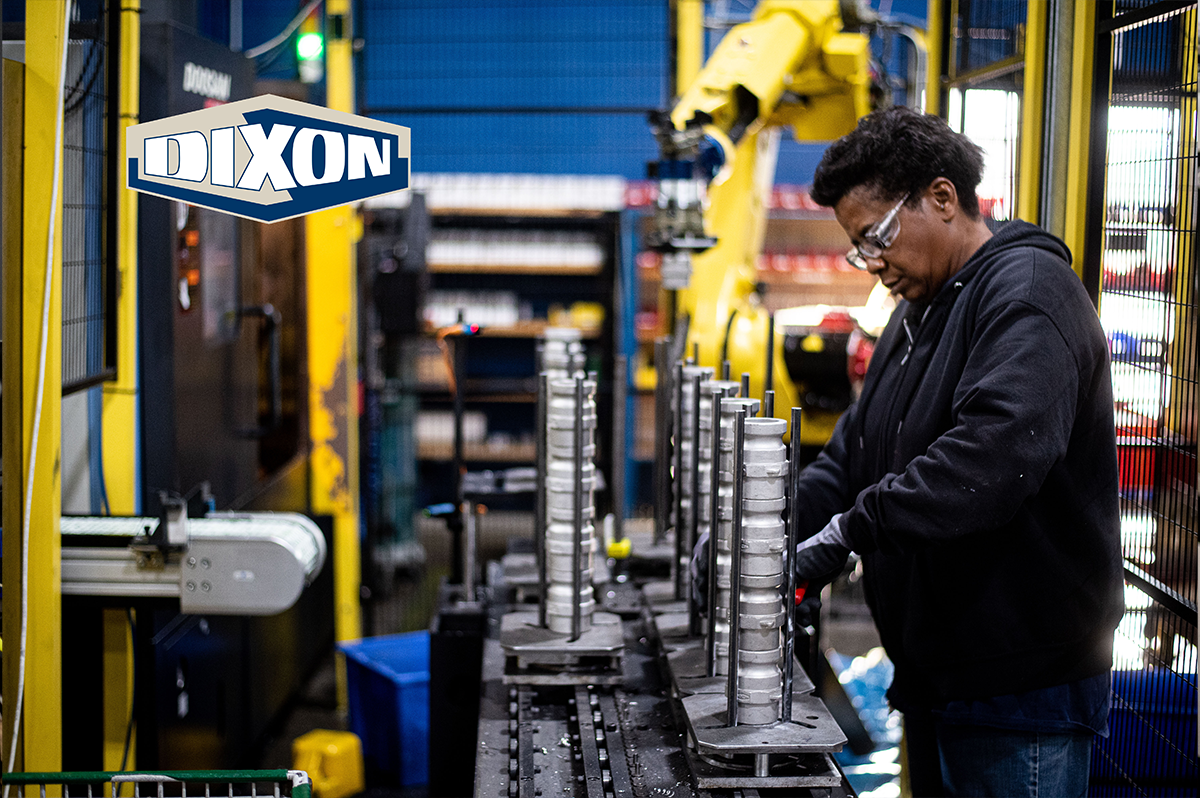
100 Years of Learning
Learning at the Dixon Group was an established and successful part of the organization with solid procedures in place. After 100+ years in operation, seemingly every learning challenge had arisen at least once. Workplace safety was (and remains) a priority for the entire organization and unsurprisingly, learning content to keep employees safe and informed was plentiful. Proper procedures on the safe operation of machines, processes, and roles were well established and updated. As successful and predictable as things were, the need for change was apparent. The organization continued to grow, and scaling learning to meet the changing needs of all employees around the globe was difficult. Prior to implementing The Brainier LMS, employee training was delivered locally, in-person, and often using printed materials from binders. Though this type of person-to-person learning style is highly effective, it was rather difficult to maintain consistency or to create meaningful reports and analytical data across the organization.

The Need for Better Tech
While the rest of the organization experienced a digital transformation, learning and development programs and strategies were also reexamined. To keep pace with the growth of the organization, training also needed to scale, as well as accommodate the increasing complexity in the org chart and ever-changing learning preferences. With an increasingly global presence, learning and development was put in a difficult spot. It needed to be robust and broad reaching with great oversight on the entire organization, capable of delivering new learning objectives quickly. But it also needed to be personalized and relevant to the learner. This meant being localized to the relevant time zone, language, currency, and culture to the learner.
Putting new eLearning technology in the hands of learning leaders that were used to in-person, instructor-led training required some adjustments, not just in tactics, but also in strategy. Expanding learning delivery options gave the instructional designers at the Dixon Group new latitude to consider learner preferences. All new learning objectives needed to be crafted to live on “Dixon University,” the name given to the company’s central hub for all things learning. What’s more, was the consideration given to the extensive back catalog of learning content about how to translate that to an eLearning delivery (and what might be retired).
Getting off the ground with The Brainier LMS provided opportunities to create specialized roles at the Dixon Group to help manage learning programs. Unique management roles were created by configuring rights and privileges in the LMS and by intelligently segmenting audiences. This allowed managers to focus on their nuanced tasks and/or groups, showing only the relevant data to their silo(s). Learning leaders created roles such as “SuperAdmins, “Pilots,” and “Monitors” to provide greater oversight on learner progress.
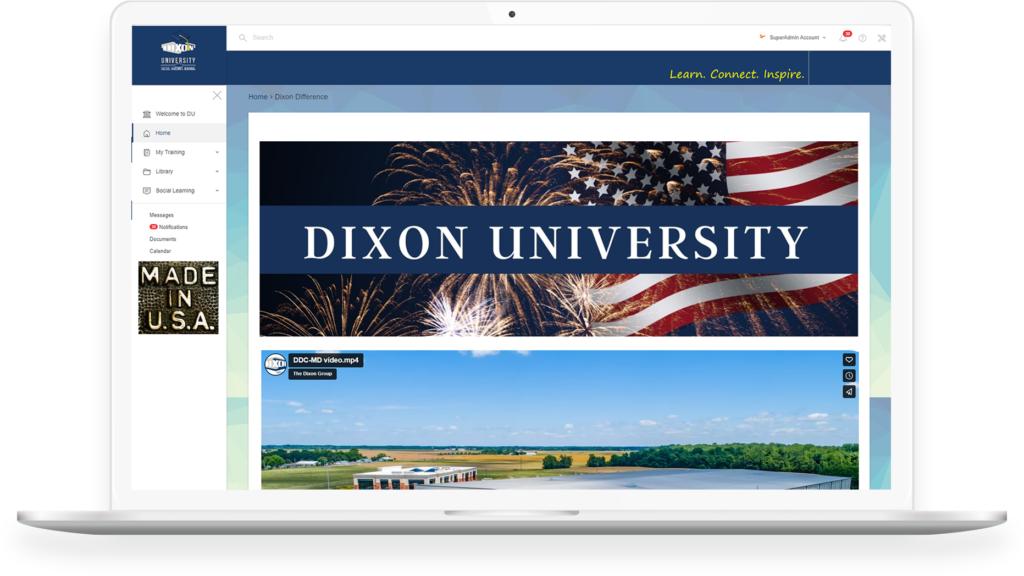
The Learner Experience
After the launch of Dixon University, all eyes turned to the influence it could have on learner behavior. Learning leaders were keenly interested in optimizing the learner experience, for both in-person and virtual events, as well as online content through assigned, optional, and recommended training. The name itself, Dixon University, was chosen to impart ownership by and for Dixon Group employees. As a global organization, it was important to deliver information to learners in their relevant time zone, language, unit of measurement, etc. as Dixon University was now the primary method of communicating and delivering all L&D information.
A broader goal of launching Dixon University was to improve employee engagement through learning. Personalizing the learner experience to boost engagement was realized by building nuanced groups to quickly and efficiently close knowledge gaps by assigning relevant training to those groups. Learners were delivered a tailored experience with custom menu items to quickly access common files, resources, or pathways to their learning experience. This small consideration reduced barriers to progress and served to reduce confusion along the way.
Custom HTML-based landing pages were used to communicate important and timely information. Specifically, company news was relayed through these pages on topics like new and urgent training such as COVID-19 protocols, especially during the early, unsteady days of the pandemic. They also highlighted the internal careers site about job mobility options and to shine a light on high-performing groups in the organization.
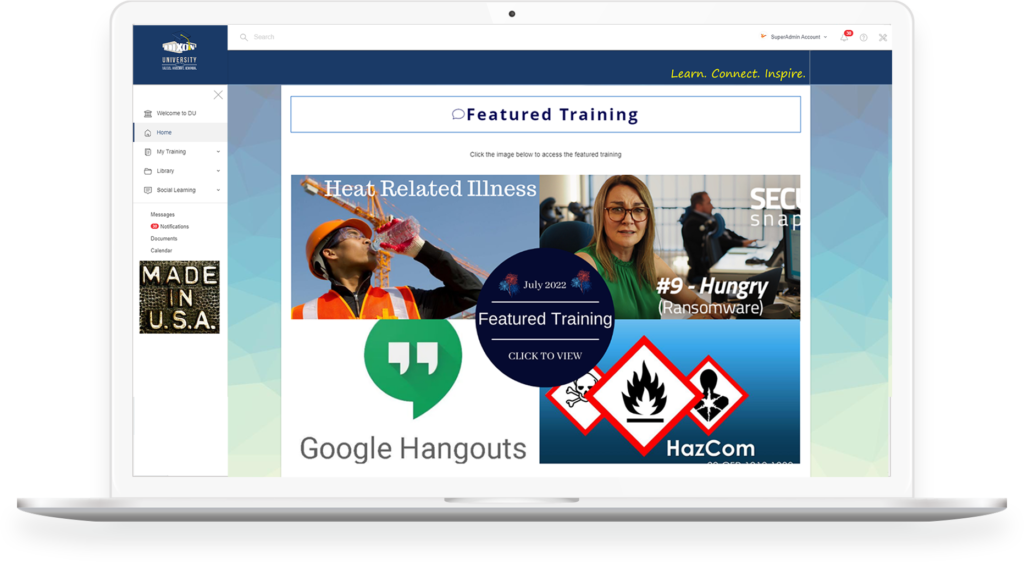
After 100+ years in operation, seemingly every learning challenge had arisen at least once.
Finding Other Uses for Dixon University
It wasn’t long before Dixon University proved to be quite valuable in other areas of the business. The Dixon Group had a built-in audience for learning content specifically about their products, and their own customers. Within Dixon University, the “Customer College” was opened using an eCommerce module to provide customers and vendors training on Dixon products, proper application of those products, and the markets they serve.
Other processes included in Dixon University were behavioral evaluations such as forklift operator training. These “road tests” were now conducted in-person and online that included a sign-off from a manager. This created better analytics on certifications and competencies. Employee evaluations were also included in pilot programs in certain regions as a means of keeping a central hub for employee development.
As portions of the workforce adjusted to remote and hybrid working, scheduled quarterly management meetings found a new home via the WebEx integration with Dixon University. Another process that adapted to an online presence was the company Lending Library to allow employees to “check out” titles from the physical library. Additionally, employees found an easy answer for file sharing with the document library built-in to Dixon University. With a large tech stack featuring multiple systems of record across multiple countries, the common denominator was access to Dixon University. This also allowed learning leaders to control access and distribution of files through the native data structure. Other advantages included version history, sign-offs, and digital acknowledgment of receipts.
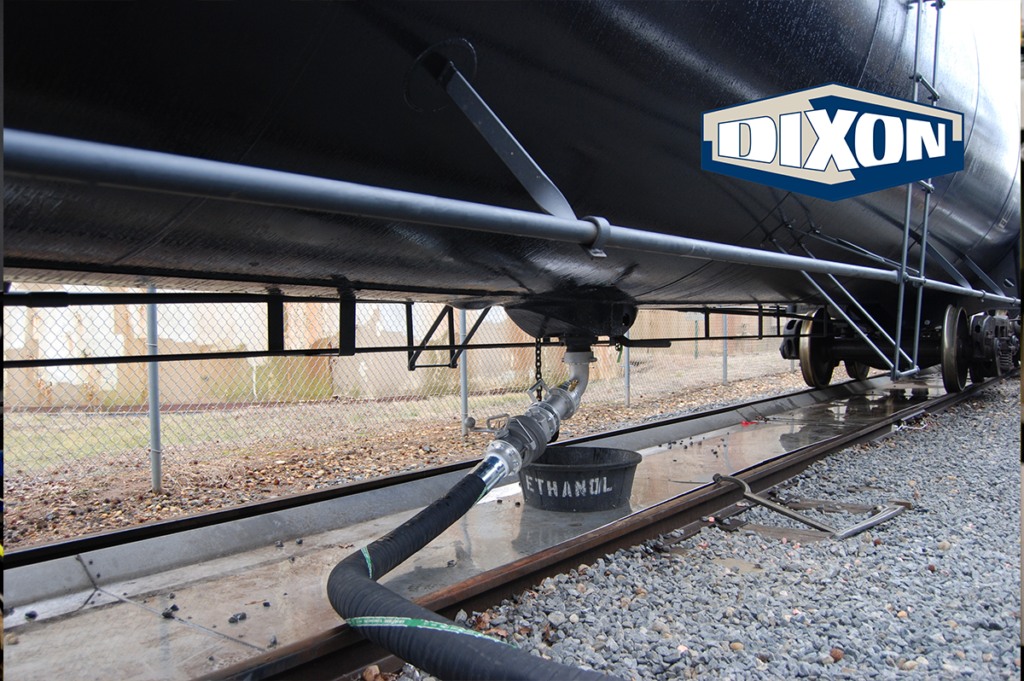
Results
Ultimately, efforts to modernize learning and development at the Dixon Group are beholden to the effect it has on achieving the organization’s broader business goals. Near the top of the list was the effectiveness of compliance training. Learning leaders could now provide up-to-the-minute data from the analytics suite showing progress on compliance and safety training. Employees beginning and ending their workday without injury or lost-time incidents is of the utmost importance.
The ability to act and react quickly to changes through the efficiency of Dixon University has allowed the organization to be much nimbler. This is possible through the data integration with the company’s HRIS platform, while still maintaining an independent, unique data structure and data integrity with custom users, groups, and roles inside Dixon University. Dixon Group customers are better equipped to buy and use their products because of the training they receive through the Customer College.
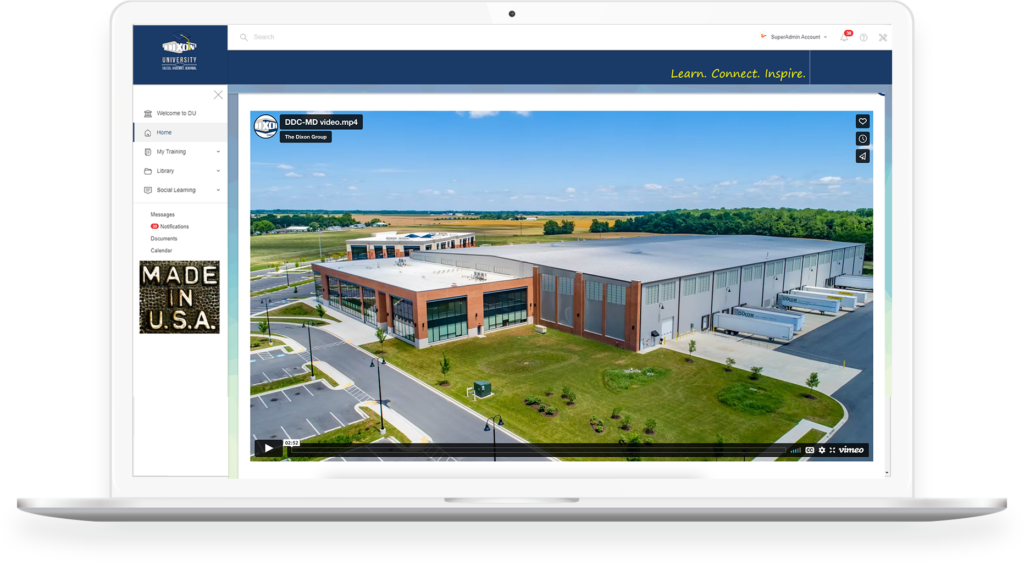
The Next 100 Years
The future of learning and development is still taking shape, much as it was 100 years ago at the Dixon Group. The ongoing strategies will delve into the needs, behaviors, and uses for learning among the next wave of learners. This will increasingly involve soliciting input on ongoing learning topics and preferences that will help the company innovate, differentiate, and thrive in its industry. It will also help them become even more of an employer of choice wherein prospective employees recognize the potential in joining the organization.
